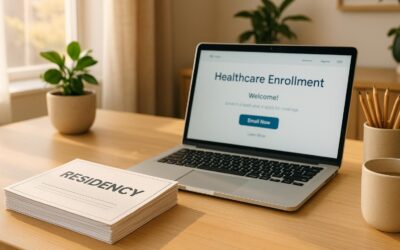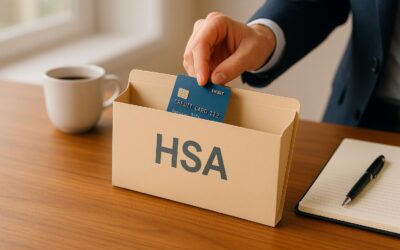NY Times — National health spending grew in 2007 at the lowest rate in nine years, mainly because prescription drug spending increased at the slowest pace since 1963, the government reported Monday.
But other types of health spending rose at a brisk pace, pushing the total to $2.2 trillion, or 16.2 percent of the gross domestic product, a record. Spending averaged $7,421 for each person. Total health spending rose 6.1 percent, compared with a 6.7 percent increase in 2006.
The report, published in the journal Health Affairs, offers the most current and comprehensive data on the nation’s health care sector, providing a context for the sweeping changes that President-elect Barack Obama has promised.
In recessions, when the economy contracts, health spending usually continues to increase. So federal economists and statisticians said that health spending probably accounted for an even larger share of the nation’s economic output in 2008. The economy sank into a recession in December 2007, according to the National Bureau of Economic Research, a private group that tracks business cycles.
Retail spending on prescription drugs rose 4.9 percent in 2007, to $227.5 billion, the government said. By contrast, drug spending rose by 8.6 percent in 2006 and by an average of 9.4 percent a year from 2001 to 2006.
The main author of the report, Micah B. Hartman, a statistician at the federal Centers for Medicare and Medicaid Services, listed three reasons for the deceleration of drug spending.
More prescriptions are being filled with generic drugs, Mr. Hartman said. Drug prices are increasing more slowly, and safety concerns have depressed sales of some drugs, he added.
In 2007, Mr. Hartman said, 67 percent of prescriptions were filled with generic drugs, up from 63 percent in 2006 and 60 percent in 2005. Moreover, he said, in 2006, the Food and Drug Administration approved lower-cost generic versions of the allergy medicine Flonase, the cholesterol drugs Pravachol and Zocor, the antidepressant Zoloft and several other widely used brand-name products. In 2007, the sleeping pill Ambien also lost patent exclusivity.
Dr. Robert S. Epstein, chief medical officer of Medco Health Solutions, which manages drug benefits for more than 60 million people, said the approval of generic versions of blockbuster drugs in 2006 and 2007 “had a tremendous influence” in slowing the growth of drug spending.
Over all, the report said, prescription drug prices rose 1.4 percent in 2007, much less than the 3.5 percent growth recorded in 2006. The slower growth results, in part, from generic drug discount programs offered by large retail chains like Walmart, the government said. Consumer groups have found much higher price increases for many top-selling brand-name drugs.
Federal health officials said the trend in drug spending was also influenced by increased safety concerns, reflected in the number of serious alerts, known as black-box warnings, issued by the F.D.A.: 68 in 2007, compared with 58 in 2006 and 21 in 2003.
With the exception of prescription drugs, spending for most other health care goods and services grew at about the same rate as in 2006, or faster. And some of those other categories are more significant in the overall picture. Prescription drugs account for 10 percent of all health spending, much less than either hospitals (31 percent of the total) or doctors (18 percent).
Spending on hospital care rose 7.3 percent in 2007, to $696.5 billion, compared with an increase of 6.9 percent in 2006, the government reported.
Spending for doctors’ services rose 5.9 percent in 2007, to $393.8 billion. That is less than the 6.4 percent increase in 2006, in part because Congress reduced Medicare payments to doctors for imaging services.
Out-of-pocket spending on health care increased 5.3 percent in 2007, to $268.6 billion. Such expenses have been growing more slowly than total health spending, but faster than household income, so many consumers have felt a squeeze on their pocketbooks, federal officials said.


0 Comments